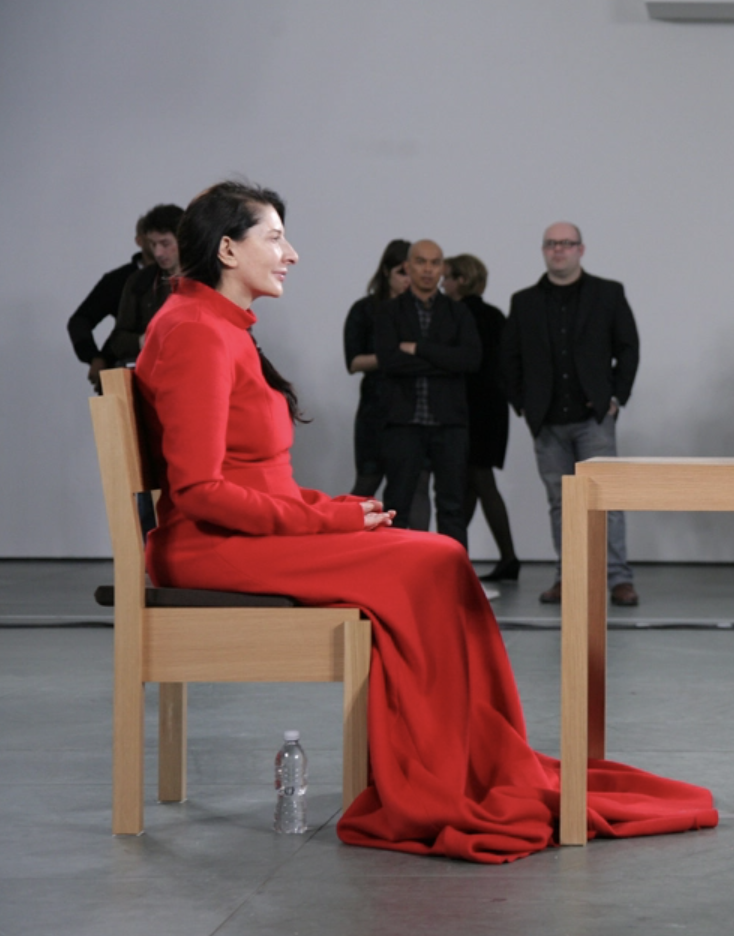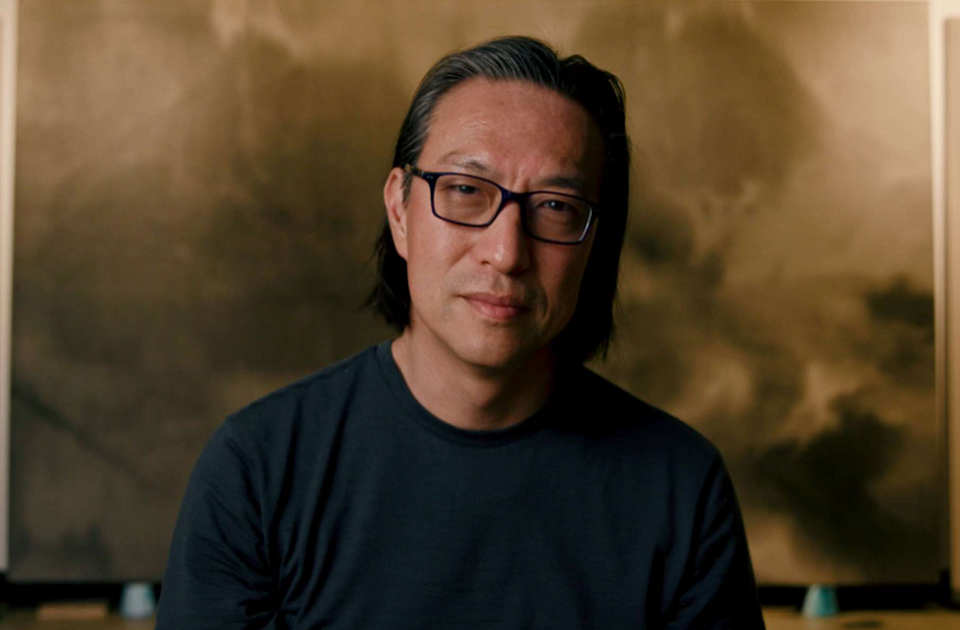The North American concept of life relies on a few values: go to school, so you can get a good job, so you can afford a nice car and a big house and other modern luxuries. But what happens to someone who goes to school to study a beloved subject that is neither “useful” nor financially lucrative?
That someone ends up acting like a pretentious snob, to cover up the bitterness.
For example, I was swayed into thinking that making money was boorish (or worse, bourgeois), only for people with degrees in business or marketing – people who become financially successful and marry financially successful persons who share their love of V-neck sweaters and polyester dress pants. These people want a nice life. They want it all, including homes decorated with the latest trends from HomeGoods. (You may ask: “Who doesn’t love to shop at HomeGoods stores?!”, slowly perusing each cluttered shelf for those new, modern accessories we
wantneed to have?)
Unfortunately, my desire to pursue this kind of “good life” has been squelched. I can no longer contemplate this kind of life without a) questioning the motive of manufacturers who create objects that attempt to sell the task of everyday household maintenance to women; b) feeling that it is necessary to find fault with and comment aloud regarding the traditional notions of femininity transmitted; c) decrying the fact that women are North America’s largest consumers, and are therefore the primary target to whom everything is peddled, including pink frying pans, colorfully decorated brooms, and the materialist middle-class ideal of the perfect home.
What sullied my once guiltless consumerism and guileless desire for wealth? Where did these ideas come from? The liberal media? Close. Well, maybe. I don’t know for sure (as knowing would insinuate that there is an objective truth to be comprehended, and I know that this is simply a cultural construct.) I can distinctly trace much of this thinking to what I studied in university.
I’ll give you a hint: no polyester. Think: tights, moccasins, scarves and a spritz, err, drenching, of patchouli.
For most, studying Fine Arts seems to be either a completely useless or (for those kinder souls) utterly trivial pursuit. “Faith’s mother does tole paintings. You’ve seen them, the ones with flowers and birdhouses? Why don’t you just spend a few afternoons with her?” The choice indicates that you are privileged, or maybe incapable of studying anything “real.” To go into debt to take classes in drawing, or to learn how to design your own paint-by-number pictures, is not valued or comprehended by most.
“Fine Arts? Neat. I can’t draw anything but stick figures.”
(Neither can I. That’s not why I…)
“What was your area of specialty?”
(Photography.)
“Oh, neat. I love taking pictures. I just finished my son’s memory book in fact. I took all my pictures and sent them to Snapfish (it’s so cheap!) and with just one click of the button and I changed them to Sephia. They look amazing!”
(Firstly, it’s Sepia (se-pi-a). Secondly, what I studied was different; it was art, for starters. )
But how do you relay the seriousness of your struggles? The hours, evenings, and weekends spent in the dark room absorbing carcinogenic chemicals for the sake of art, the offering you have made of your body – cracked and chemical-burnt hands offered to the gods of beauty and the goddesses of originality – in the hopes of receiving affirmation in the form of an A+. Every B.F.A. student wants to believe they can make it as an artist, and consequently, any sign of encouragement, however minor, is immediately etched deep in the brain. A kind word fortifies for months. An off-hand remark such as “I think your work is interesting…” provides the same personal satisfaction as sponsoring a child.
You see, what is truly learned in a B.F.A. degree is not easily conveyed. It has little to do with drawing stick figures. A Fine Arts degree is so much more than the explorations with mosaic pieces in middle school art class might have led you to believe. The B.F.A. has really come a long way. It is largely a degree composed of social, political, and cultural critique with art as the prop, facilitating and driving such exchange. Think of sociology, or literature, but with pictures on the projector screen to hold your attention in class.
The main focus of the B.F.A. is to “encourage” (read: require) the “deconstruction” of everything. This starts with baby steps, learning to question the choice of polymer glue over wood glue for the cardboard box project. At first this seems silly and you worry that discussing these inconsequential matters will never turn you into the cynical, humorless artist so popular in the art world. Your fears are in vain. Little by little, year by year, the constant badgering from your professors requiring you to question every minute detail of your work translates into heavy-duty, real world, cynicism1.
Presuppositions about society, men and women, social and economic factors, personal, political, and religious views are shaken. (This fosters a deep sense of empathy with, and admiration for, all three-year-olds. You relate to them as fellow intellectuals and seekers, so rare today in questioning all forms of hierarchy, and demanding “why?” about everything from their [gender-rigid] blue truck to the reason they have to obey the power structure imposed on them by their genetic donors2. )
This compulsion to question everything, combined with an inability to believe in anything, does put you at high risk3 for leaving art school with your moral compass shattered and in pieces – the pieces you painstakingly glued together in middle school to make a mosaic. However, I have heard that on graduation day some universities add a really nice personal touch: they gift-wrap the remaining pieces of your moral compass and hand you the baggie, along with your diploma, as you walk across the stage, much like a loot-bag at the end of the party. The more shattered pieces you have in your baggie, the more art scholarships you receive.
Years later, many still try to glue the pieces of their shattered compass back together, attempting to merge theory and ideology with lived experience. Still others remain bitter – that they have completed a degree that seems largely useless or irrelevant to most but has left them with more baggage than they can carry, that they will never feel comfortable shopping at HomeGoods again. For some, the discussions are easily forgotten as they move on to grad school or enter the “real world” in the workforce.
But my initial question has been left unanswered: how does one best deconstruct stereotypical manifestations of egoist-driven propaganda regarding financial stability and explain the importance of studying Fine Arts to a philistine using Snapfish or Picnik without sounding pretentious? The long answer requires a lot of “neo-structural theory” and “dialectic discourse of sub-deconstructive art” and the short answer is that it can’t be done.
Too many times I have made the mistake of taking up my Christian duty to instruct the ignorant. Explaining the difference is a perilous task, a lose-lose battle. However, to fail to question the world with a critical eye, a large heaping of skepticism and an impressive vocabulary, would be a university experience skipped, and to the cultural and feminist historians looking down at us from from a non-androcentric heaven, as problematic as a country music video.
Footnotes:
1 See the author’s above example re: shopping at HomeGoods.
2 “Genetic donor” is the preferred nomenclature, as it inclusively embraces all forms of family. The word “parent” stems from the Latin parere, which sounds a lot like the French word père, a problematic term perpetuating patriarchal ideologies.
3 There are surprisingly few statistics on such a prevalent social phenomenon.




